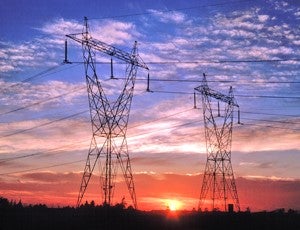 Over the past several weeks, I’ve written a lot about the intimate and inextricable connection between energy and water. The energy-water nexus involves a number of technologies, environmental factors and stakeholders. Thus, it’s no surprise that water and energy’s fundamental connection has eluded policymakers for so long. With this post, I review the lessons discussed so far, so that policymakers can understand the key issues surrounding the energy-water nexus and what’s at stake if we fail to act now.
Over the past several weeks, I’ve written a lot about the intimate and inextricable connection between energy and water. The energy-water nexus involves a number of technologies, environmental factors and stakeholders. Thus, it’s no surprise that water and energy’s fundamental connection has eluded policymakers for so long. With this post, I review the lessons discussed so far, so that policymakers can understand the key issues surrounding the energy-water nexus and what’s at stake if we fail to act now.
The Bottom Line
Conventional electricity sources, like coal, natural gas and nuclear power plants, require an abundance of water — about 190 billion gallons per day. Because the majority of our electricity comes from these sources, high energy use strains the water system and contributes to Texas’ prolonged drought. Coincidentally, extreme drought could force power plants to shut down.
Climate change is having a profound effect on our weather patterns, making extreme heat and drought more common in Texas and throughout the Southwest. If we don’t set the energy-water system on a sustainable course, we risk a compounded problem.










